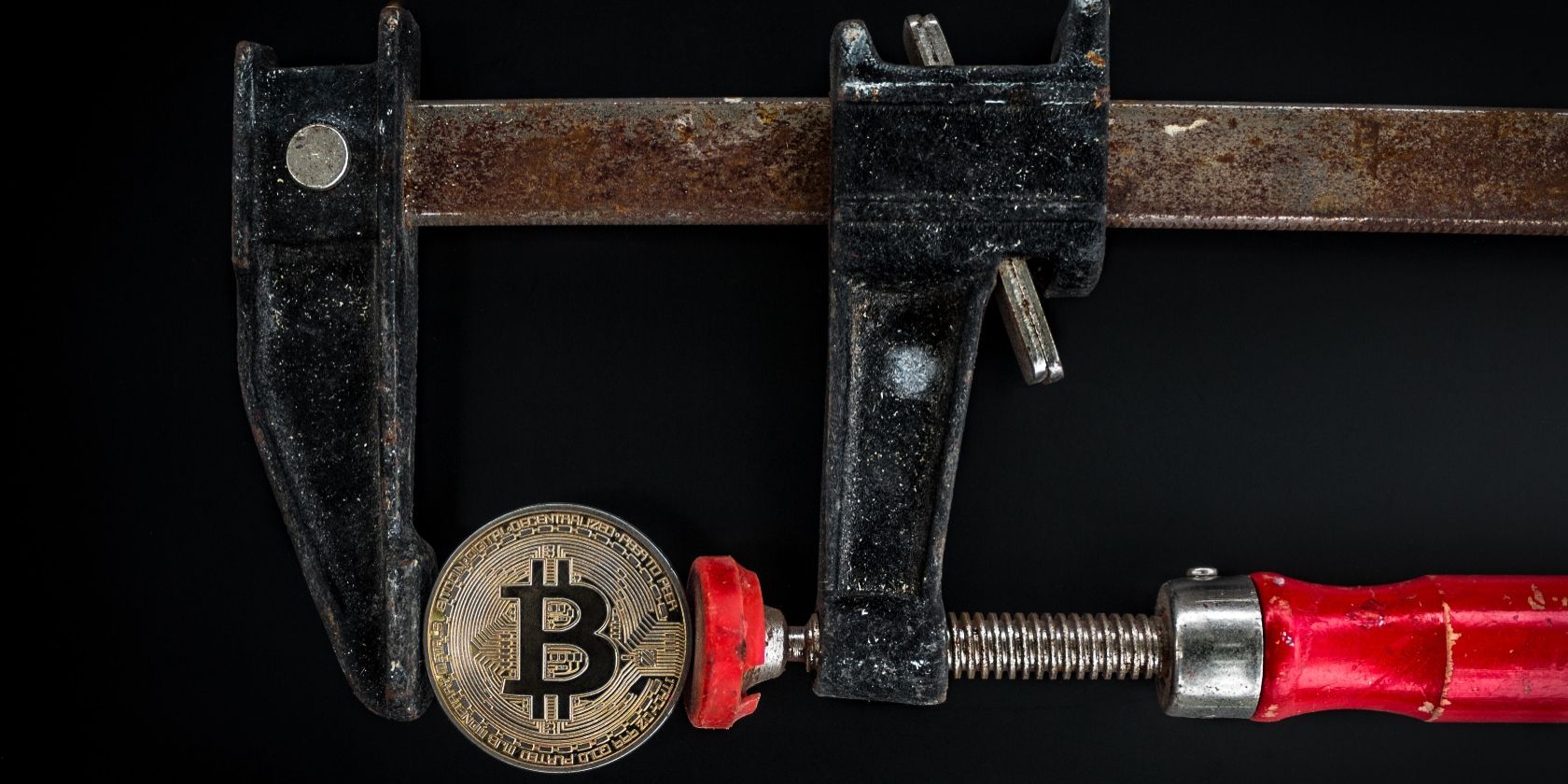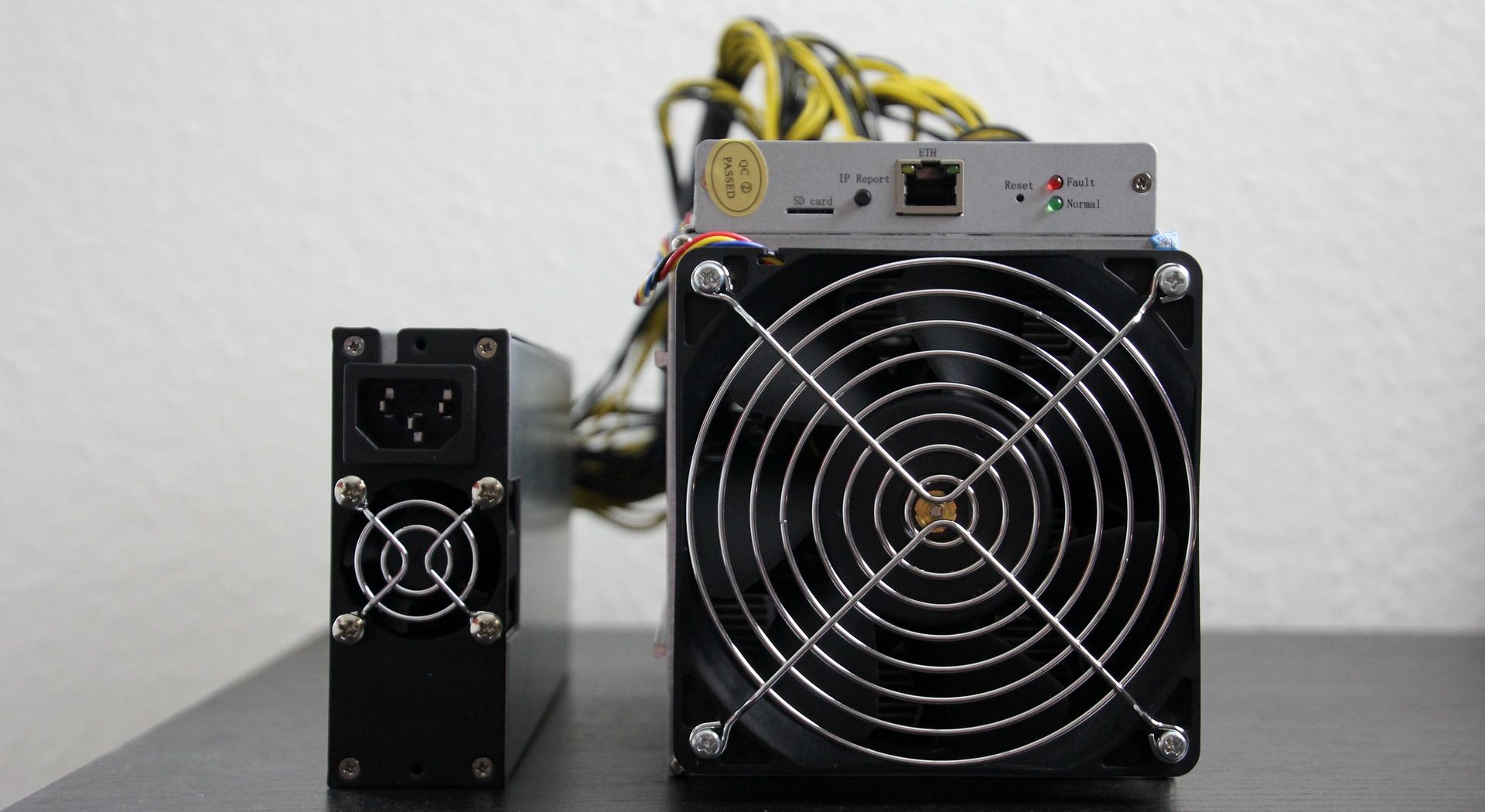Crypto mining is a great way to earn an income from home, but it can be a little confusing. The different hardware, software, and hash rates required can be a little overwhelming, not to mention whether you should mine alone or in a pool.
So, here, we'll be breaking down the pros and cons of both pool and solo crypto mining, so you can determine which method is best for you.
What Is Solo Mining?
As the name suggests, solo mining involves mining cryptocurrency on your own. This means that you need to take care of the entire mining process on your own. When Bitcoin mining first began, it was done individually, initially by its founder, the mysterious Satoshi Nakamoto. Nakamoto used a CPU to do this, and this was the standard for some time before GPU, ASIC, and pool mining became popular.
If you want to mine on your own, you'll need all the standard tools: your choice of mining hardware/software and a wallet where you can store your mined tokens or mining rewards. We have comprehensive lists of the best hardware and software crypto wallets that you can check out if you haven't chosen one yet.
You'll also need to run a full node if you want to mine individually, which can be pretty energy-intensive. This means that you may see a significant hike in your electricity bill if you begin solo mining. But can the profits counteract the upfront and ongoing costs of solo mining? Let's find out below.
How Much Can You Earn From Solo Mining?
In short, there are no guarantees when it comes to solo mining, especially if you're mining a very popular token like Bitcoin or Ethereum. On top of this, as more and more miners join a blockchain and get to work circulating new tokens and validating blocks, the overall rewards for mining decrease.
Solo mining, in particular, is known for providing erratic income, as there is a meager chance of ever mining an entire block, and some spend vast amounts on hardware and software before receiving no payoff. But, if you do mine a block, the reward is substantial.
At the moment, you'll receive 6.25 BTC for mining a Bitcoin block, which currently amounts to almost $300,000, so it's clear why people are so eager to get in on mining popular cryptos. But it's important to remember that there is a very slim chance of an individual mining an entire block.
However, you get to keep all your rewards when you mine or validate a block independently. On top of this, solo mining lets you avoid paying pool fees whenever you do receive your rewards. You'll also be far less likely to suffer from outages when you solo mine.
Since we know all about solo mining now, let's get into the more popular option: pool mining.
What Is Pool Mining?
Pool mining and solo mining are pretty similar in some ways, but the latter is done alone, whereas the former involves mining along with other people. In the pool mining process, individual miners join forces and combine their computing power to increase the chances of mining a block. They operate similarly to staking pools via the proof of stake mechanism.
In short, great overall computing power leads to a greater chance of making a profit. But you have to be a miner and therefore have the necessary hardware to be in a mining pool. So, in that respect, pool mining is similar to solo mining, and you cannot avoid the upfront costs of crypto mining by joining a mining pool. When a pool successfully mines a block and the reward is paid out, it is then split between the mining pool's members.
But not all mining pools are the same. You could join a proportional mining pool, in which members that contribute computing power receive shares until a block is found and successfully mined. Then, miners receive rewards proportional to the number of shares they hold. This means that if you don't contribute much computing power to the pool, you won't receive an awful lot in rewards when a block is mined.
There are also pay-per-share pools, also known as PPS pools, which operate similarly to proportional pools. Miners still receive a number of shares proportional to how much energy they provide to the pool. But these pools give members instant flat rewards even if a block is not mined.
Finally, there are peer-to-peer or P2P mining pools. These focus on decentralization and use a separate pool blockchain that prevents pool operators from acting in their own interests and helps avoid network failures due to a single fault.
In any case, the rewards received when a pool mines a block are often not shared equally, and the miners who contribute more computing power get a bigger payout. Keep this in mind before committing yourself to a pool. But now, let's move on to the important part: can you make as much from mining in a pool compared to solo mining?
How Much Can You Earn From Pool Mining?
While solo mining can generate huge rewards, it doesn't offer the same reliable income as mining pools do. Since pool members combine their computing power and increase the chances of finding a block, the regularity with which you receive a payout will most likely be higher than if you were mining alone.
However, the payouts you do receive from pool mining will be lower than those you'd receive mining a block on your own. So there's a bit of give and take between these two mining methods. If you want reliability and regularity, opt for pool mining. However, if you'd rather take a gamble for a chance of a big payout, you could give solo mining a try.
Do Your Research Before Mining Crypto
Though cryptocurrency mining can provide you with a healthy income, it is mostly a risky game and certainly has its downsides in terms of cost and waiting time. So, before getting started with crypto mining, make sure you know which kind of mining suits you best and whether you're prepared to take the leap financially.



